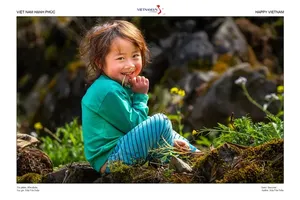When music joins hands with heritage
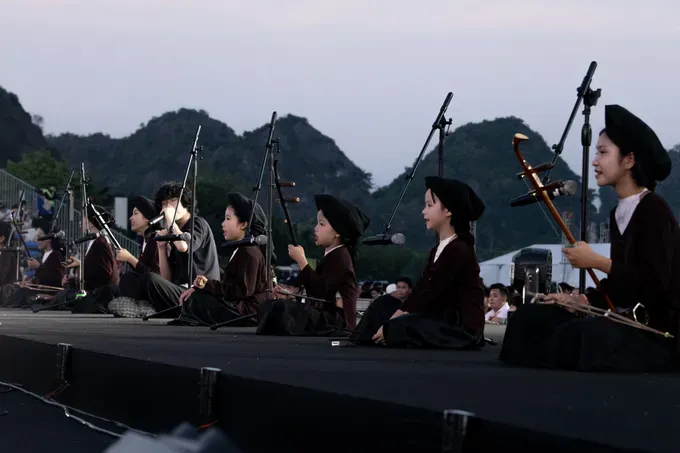
Guitarist Dzung (Pham Viet Dung) said that over the past years, he has captured the sounds and voices of localities across the country where he visited. It could be the rhythmic clatter of the North-South railway, the sound of the engine of a fishing boat on Phu Quy Island and motorized sampans on the river in the Mekong Delta, or the explosion of fireworks above the Nam Rom River in the northwestern province of Dien Bien during the 70th anniversary of Dien Bien Phu Victory (May 7, 1954–2024).
He wants to preserve these sounds in his latest album as the echoes of the time, the sounds of Vietnam in 2025, the musician stated.
Upon its release, the album received critical acclaim for its creativity, leaving a strong impression. With the innovative concept of “traveling across Vietnam through its traditional music,” the album invites audiences to participate in a journey across the country’s beautiful landscapes, traditional festivals, stories of national heroism, and enjoy local delicacies to experience the heartbeat of modern-day Vietnamese people.
The album features collaborations with renowned artists, including Meritorious Artist and zitherist Hai Phuong, bassist Tran Chanh Thao, rocker Pham Anh Khoa, and actor Le Hoang Phi.
Earlier this June, instead of selecting the usual urban spaces, Forestival 2025 was held on Khe Coc Island, located in the Trang An Scenic Landscape Complex in Ninh Binh Province. The Trang An Landscape Complex was recognized by UNESCO in 2014 as a World Cultural and Natural Heritage Site. It was the first-ever mixed heritage site in Vietnam and Southeast Asia to gain such recognition.
The stage was set based on inspiration from the majestic backdrop of mountains and rivers, transforming Forestival 2025 into a music festival associated with creativity where music deeply blends with natural beauty and cultural heritage.
Audiences witnessed a spontaneous and evocative dialogue between "Xam” singing, a traditional art form that originated in Vietnam's northern regions, including Ninh Binh Province, and modern music such as rap, rock, and ballads performed by singers, namely Ha Anh Tuan, Hoang Dung, Vu Cat Tuong, Phan Manh Quynh, Quang Hung MasterD and rapper Den Vau.
Paying close attention to the use of musical and cultural material

Culture has long been recognized as an effective way to promote tourism, as it easily penetrates the human soul, stirring the desire to explore and experience. Understanding this deep connection, a growing number of artistic projects, particularly by international singers and performers, have been recently implemented with the aim of showcasing Vietnamese culture and tourism.
In April, the Australian/British string quartet, Bond, released the music video for Victory—Bond in Vietnam, presenting the public with vivid images of the world-renowned natural heritage site, Ha Long Bay.
Earlier, Nhan Dan (People) Newspaper, in collaboration with IB Group Vietnam, debuted a music video titled “Going Home,” a special musical production aimed at popularizing Vietnamese tourism. In the music video, viewers can enjoy the skilled sounds of the saxophone played to a familiar tune by Kenny G while being treated to visuals of culturally and historically significant locations in Hanoi and throughout the country, including Long Bien Bridge at dawn, Hoan Kiem Lake on the year-end days, Hoa Phong Tower, The Huc Bridge, Hanoi Flag Tower, the Imperial Citadel of Thang Long, and the Temple of Literature.
Additionally, the gorgeous cave and some iconic scenes in the north-central province of Quang Binh appeared in Norwegian producer Alan Walker’s brand-new single ‘Alone pt. II.’ The music video filmed in Son Doong Cave showcased several memorable landmarks: the Trooc and Chay Rivers, Tra Ang Bridge, Doong mountain village, and the caves of En, Son Doong, and Nuoc Nut.
In the country, a number of artists have made notable contributions to promoting the country’s diverse landscapes and culture through music.
Singer Vu Thang Loi gained attention with his music video themed “Ha Giang Oi,” while Sen Hoang My Lam captured the spirit of the Northwest in the musical project titled “Tay Bac va Em” (Northwest region and me). Rapper Den Vau released videos called “Luon Yeu Doi” (Forever Joyful) and “Nhac Cua Rung” (Music of the Forest). Only C presented a music video titled “Tuyet Voi Da Nang” (Wonderful Da Nang). There are also albums, “Hoa” (Flowers) by K-ICM; the music video, “Vietnam My Home,” by music producer Masew; and the music video, “Sugar,” by Kyo York.
The Ho Chi Minh City Department of Tourism introduced the music video entitled "Vietnam Di va Di" (Trips along Vietnam) by Vicky Nhung, featuring over 600 shots from iconic tourist destinations including Mua Cave in Ninh Binh, Lan Ha Bay in Hai Phong, and Pu Luong Nature Reserve in Thanh Hoa, which has been warmly embraced by the youth.
The direction of artistic projects reflects an effort to meet the deeper demands of modern audiences who seek experiences that transcend mere entertainment. However, when developing music products with a focus on culture and tourism, it is essential to pay careful attention to the approach in sourcing and utilizing materials, as there is a risk of repetitive ideas and imagery.
In practice, numerous music productions that exploit natural materials and regional culture have faced controversy due to carelessness, lack of understanding, and insufficient research into local culture and tourism.
Therefore, with the collaboration of cultural management authorities and local communities, artists can transform their musical projects into effective tools for promoting culture and tourism. This partnership would help to broadcast a vivid image of Vietnam to the world.

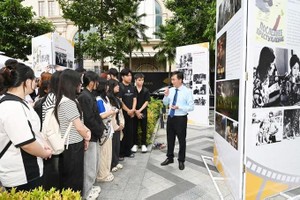
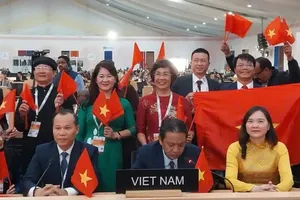


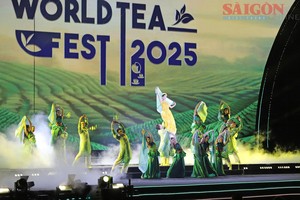
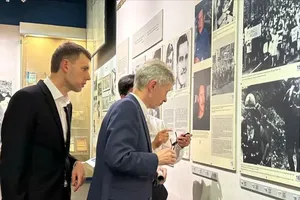

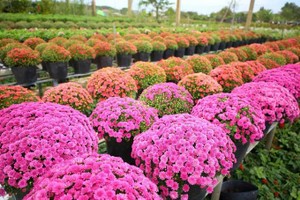
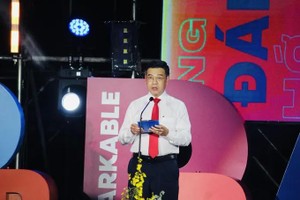

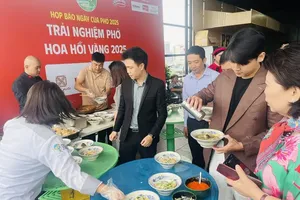
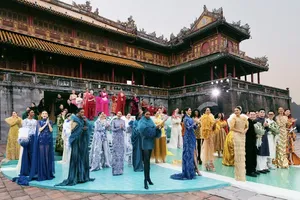


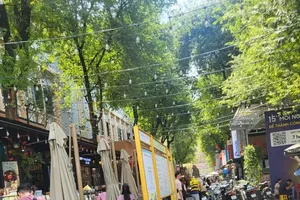
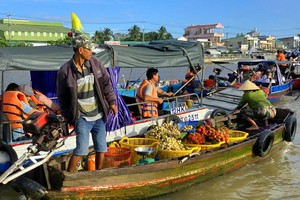
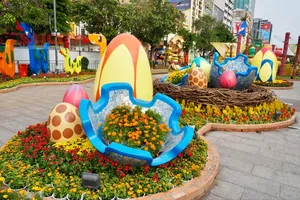
)
